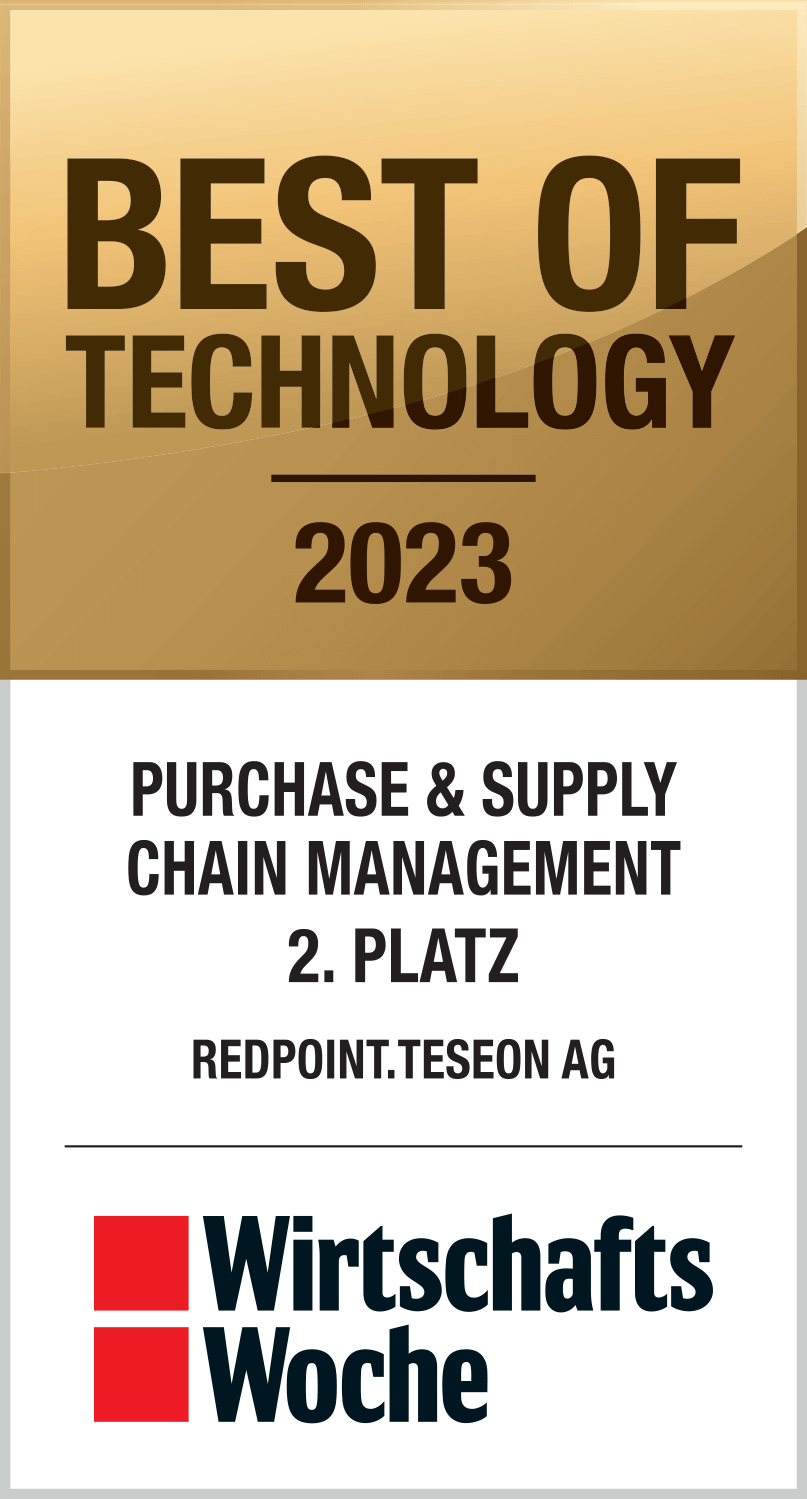Lean Reloaded – More efficient production by dovetailing lean principles and modern SCM
Lean is back in fashion. New neologisms such as lean logistics, lean construction and lean hospital are evidence of this. In the production sector, the focus today is on speed, agility and capital commitment in the face of increasing market dynamics and ever shorter product life cycles.

This meant that the core idea of creating value without waste could not really be implemented. The necessary and sustainable changes to processes and company structures did not take place. At the same time, lean management was also inappropriately mystified. Lean processes were applied incorrectly or too dogmatically and failed to achieve the expected effects. In some cases, oversized production systems were designed on paper that could not be put into practice at all. The systemic approach was ultimately lost. Lean often even fell into disrepute as a management concept.
WHAT MAKES A MODERN LEAN APPROACH?
First of all, a pragmatic and realistic approach to lean. Lean management is a systemic approach with a bundle of design principles and methods, whereby the desired effects are primarily achieved through their interaction. Successful application requires a complex and lengthy change process that permanently ties up considerable management resources.
The decisive factor is the correct transfer of lean principles to the company’s own specific situation. For example, the majority of our medium-sized industry is characterized by the following features: Many variants with low volume, strong market fluctuations, low buying power with suppliers, rather low management resources. This situation is very different from that of a car manufacturer. Here, the classic lean approach derived from the Toyota production system must be combined with other elements, e.g. from supply chain management (SCM), in order to achieve the best possible solution.
One example of this is the coordination of the value chain. The classic lean approach relies heavily on pull systems to implement the just-in-time principle (JIT) in order to achieve demand-synchronized production. However, the greater the variety of parts and the more discontinuous the consumption behavior, the less favorable the effect of pull control on inventories, availability, productivity and complexity costs. Typically, in the type of company described above, we always find a mixture of products with rather constant and rather volatile consumption behavior. The key here lies in the appropriate segmentation of value streams and the “hybrid” use of decentralized supermarket pull systems and modern software-supported planning and control processes from supply chain management (SCM).
SUPPLY CHAIN MANAGEMENT (SCM) AS A LEAN DRIVER
In general, supply chain management (SCM) aims to accelerate internal and external material, information and financial flows and achieve significant increases in performance through better coordination of the value chain and increased collaboration between the various supply chain partners. This can involve, for example, higher product availability, shorter delivery times, lower capital commitment or lower production and logistics costs. SCM relies heavily on changing business processes in conjunction with software-supported tools. This undoubtedly entails the risk of creating unnecessarily high IT complexity. Nevertheless, SCM provides a large number of modern procedures for success-critical processes and thus closes gaps in the traditional lean approach. Examples of this are:
- Strategic network optimization: How many production sites or storage locations are cost-optimal, where should they be located geographically, how are the products distributed among the locations?
- Master planning or production program planning: How should you react to seasonal or dynamic demand trends? What is the best way to distribute production over time? What is the geographical distribution of production across different plants? Which suppliers with which quantities?
- Sales planning and inventory management: As market demand is uncertain and stochastic effects occur in the value chain, sales figures must be forecast with as much accuracy as possible and safety stocks must be maintained. Which level of the logistics network is optimal for this and how are stocks dimensioned?
- Supply chain planning and control: On what date is a new customer order feasible? How do we recognize bottleneck situations (material, capacity, …) at an early stage? How are exceptional situations resolved in order to create a correct planning picture? What is the optimum sequence for a machine?
Lean production and supply chain management (SCM) are therefore by no means contradictory, but must be intelligently interlinked in order to develop new competitive advantages. One example of this is the aforementioned coordination of the value chain.
CONCLUSION
Lean management is an extremely powerful organizational and management concept which – if understood correctly and applied with a sense of proportion – can bring about massive improvements. However, lean is not a panacea. The successful introduction of lean principles requires a sufficiently deep understanding of the fundamentals, possibilities and also limitations. The lean concept must always be adapted to the specific company situation. Only a long-term roadmap over several years can ensure that the necessary change takes place in people’s minds.
